September 4,Bridge Studio in Berlin Inside, Sonos held a new product launch here. But in fact, for me, this event is more like an outdoor party that invites friends to participate, rather than the press conference with a big stage in our general impression.
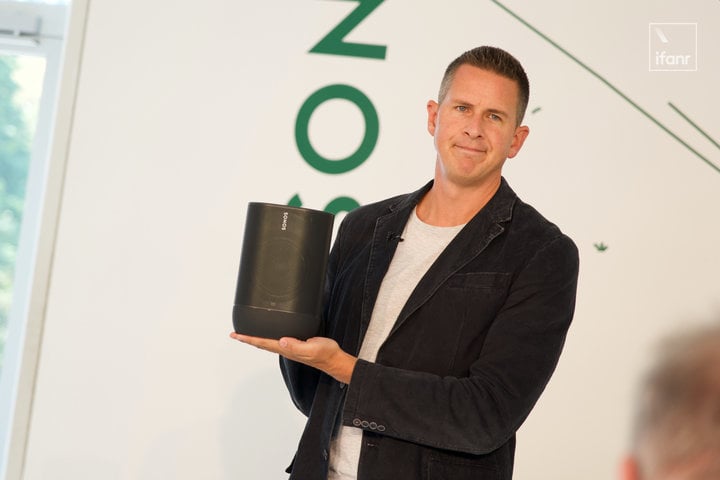
This eventby Sonos CEO Patrick Spenceopening Sonos Move is the protagonist of this event – this is Sonos’ first real outdoor sound, but unlike the traditional portable audio, it is a two-in-one product, you can put it at home as a family WiFiSound, can also carry handles,Take it out of the door, listen to music with Bluetooth.
It can be taken from home to the back garden abroad, and it can even be taken to various squares and parks in China.
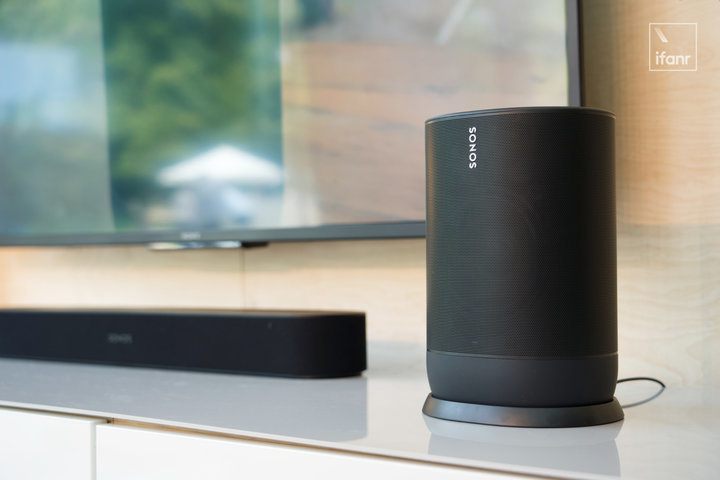
After this conference, I visited the Sonos booth and worked with Sonos Global Vice President of Global Product Marketing Allen Mask, Sonos Ecke, Marketing Director of China, has a conversation.
Although Sonos is not the first to introduce outdoor audio products, strictly speaking, Sonos Move is their real launch. The first outdoor audio. In order to make this product work normally outdoors, it can also take care of the home audio.Yes, Sonos is based on past products,including the main design, sound effects Improvements in adjustment and interconnection experience.
For example, the automatic Trueplay (adaptive Trueplay tuning technology) powered by Sonos Move is compared to the traditional Trueplay. The function is very different.

In the past, Trueplay was based on a microphone connected to a mobile phone to perform scene recognition on the sound reflected from the surrounding environment to play according to the scene. optimization. Today’s Automatic Trueplay is based on the built-in pickup microphonereal-time Intelligent scene recognition, and let the sound be adjusted within 30 seconds, and finally show the sound effect that is most suitable for the current scene.
Patrick Spence tells us that because Sonos Move’s usage scenarios are constantly changing, and there are endless variables in both outdoor and indoor environments, it requires more flexible adjustments than traditional Trueplay.
If you don’t have a concept for Automatic Trueplay, check out the True Tone feature in iPhone screen adjustments. This is a technology that adjusts the screen display effect in real time according to the sensor’s detection of ambient light to relieve eye fatigue.
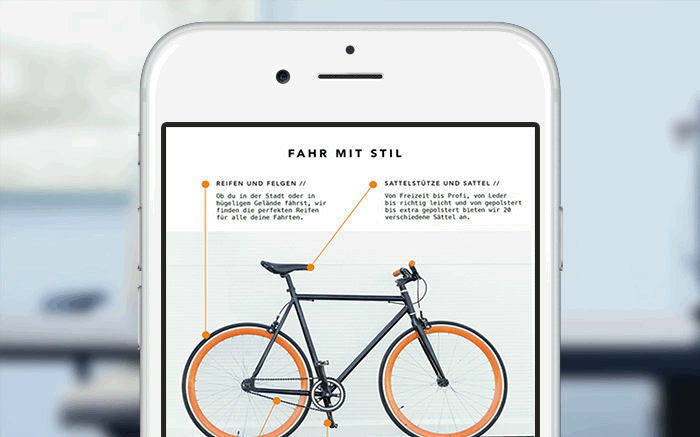
Sonos’ Automatic Trueplay is like the music version of True Tone, except that it is identified by the reflected sound of the surrounding environment. The big data algorithm is used to adjust the playing sound effect, so that the sound is more readable and makes the sound quality more pleasant.
On the body of Sonos Move, we can see that there are a total of six radio microphones, which are based on actual usage requirements. The microphone can perform two tasks at the same time. On the one hand, it is used as the sensor of Automatic Trueplay for ambient sound collection, on the other hand, it is connected.Voice commands received for use.
Allen Mask tells me that these microphones work at the same time. When the user turns on the microphone, they will perform two simultaneously. One thing is to detect the ambient sound and let Automatic Trueplay automatically adjust the sound. The other is to listen to the wake-up words. On the basis of this, the sound can be combined with the ambient sound and the user’s voice to fuse, denoise, and then adjust the sound.
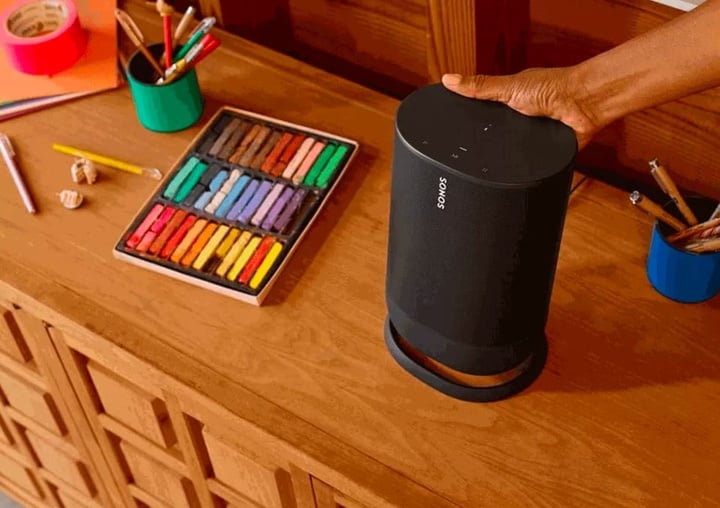
For example, when we used to wake up smart assistants while playing other music on other smart stereos, the sound might overshadow us. Sound, then this requires us to “speak out” rather than “speak out”. These are two completely different experiences. In Sonos Move, this kind of sounding will not happen, because the sound will automatically cancel the speaker sound.
Allen Mask emphasized to me that Automatic Trueplay works entirely locally, so users don’t have to worry about data being uploaded to the cloud. .
In fact, in addition to Automatic Trueplay, which enhances the user experience, Sonos has not done much in terms of the most essential sound quality of the audio. In terms of hardware configuration, The Sonos Move features two custom Class D digital amplifiers, a tweeter and a custom mid-woofer.
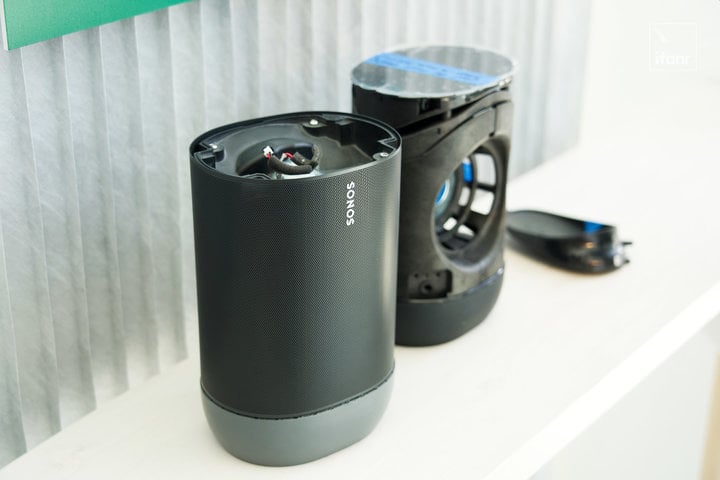
Tweeters will push down into a custom sound guide tube for a wider sound field; mid-woofer It is responsible for bringing a rich and full bass effect. According to Allen Mask, the configuration of the customized guide tube is a configuration that is not available in its class.
As far as sound quality is concerned, Ecke told me that in order to make the sound reach the “transparent, true” that the Sonos sound committee wants to present The pure sound quality, Sonos chief sound experience designer, famous British record producer, Grammy Award winner Giles Martin also participated in the sound quality adjustment of the sound.
“Let the sound go out,” and it only has eight Chinese characters, which is very simple. But for Son who used to make home audioOs is not an easy task.
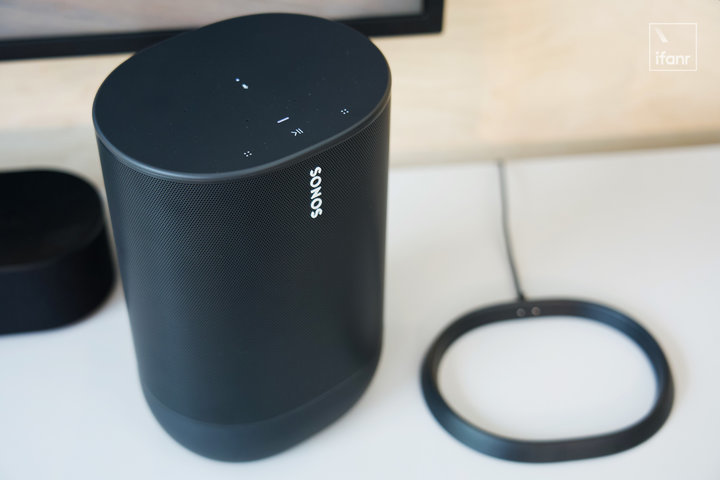
Allen Mask tells me that Sonos has to overcome three difficulties when building a Move compared to traditional indoor speakers. One is The durability of the sound for outdoor use, Sonos redesigned the body of the Move; the other is the WiFi antenna and Bluetooth signal reception capability. In this update, Sonos replaced the past with a 4 x 4 antenna; Finally, the Automatic Trueplay is tuned numerous times for outdoor environments.
“Sound quality is a product that continues to be adhered to by Sonos, but for outdoor use scenarios such as beaches, swimming pools, hillsides Sonos also optimized the design of the sound where it might be used,” Ecke told me.

On the scene of Bridge Studio, Sonos also exhibited several models including simulated sun, rain, tilt, and heavy fall. Common outdoor use tests. In addition, Allen Mask also told me that the WiFi component of Move is also designed at the bottom of the sound; and there is a metal grille underneath, which is a unique design of Move, in order to ensure that Move sounds like all Sonos in the house. The sound is just as good.
Talking about the definition of “user experience” in Sonos Move, Allen Mask introduced me to “Sonos is the main user experience It is centered around four core points:
One is an advanced design that requires both aesthetics and durability, so Sonos has designed the handles of Move several times. One is excellent in sound quality. It needs to maintain the same level of leadership in terms of volume and clarity. One is easy to use, and the new user is very easy to use, even if the user is a grandmother or a child, whether or not they have been in contact before. Sonos’ products are easy to use; the last point is the user’s free choice. Move is equipped with Google Assistant and Amazon Alexa. Users can choose which assistant to use, and even select the touch panel for voice, app and audio. Control, the experience will be very flexible and free.
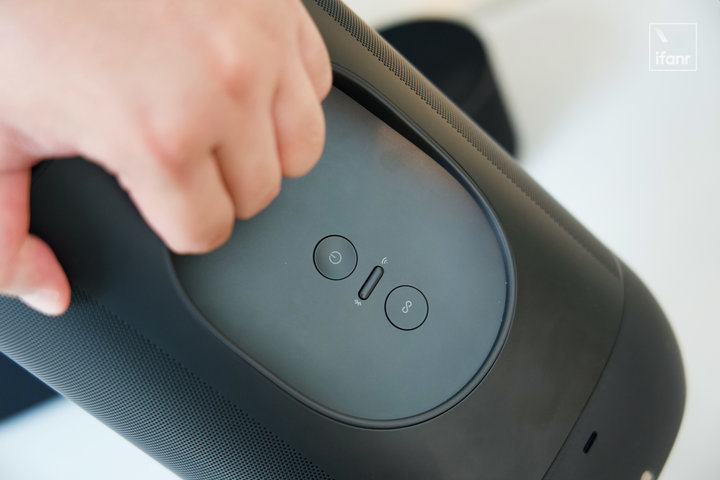
“In short, this is the four pillars of our products. For the consumer experience, we will basically The pillars are to be considered,” concludes Allen Mask.
Overall, Sonos Move is an important update for Sonos as an indoor audio manufacturer, based on Sonos The sound quality pursued by itself further enhances the connection and durability of the product, making it a “two-in-one” product that can be used indoors and outdoors.